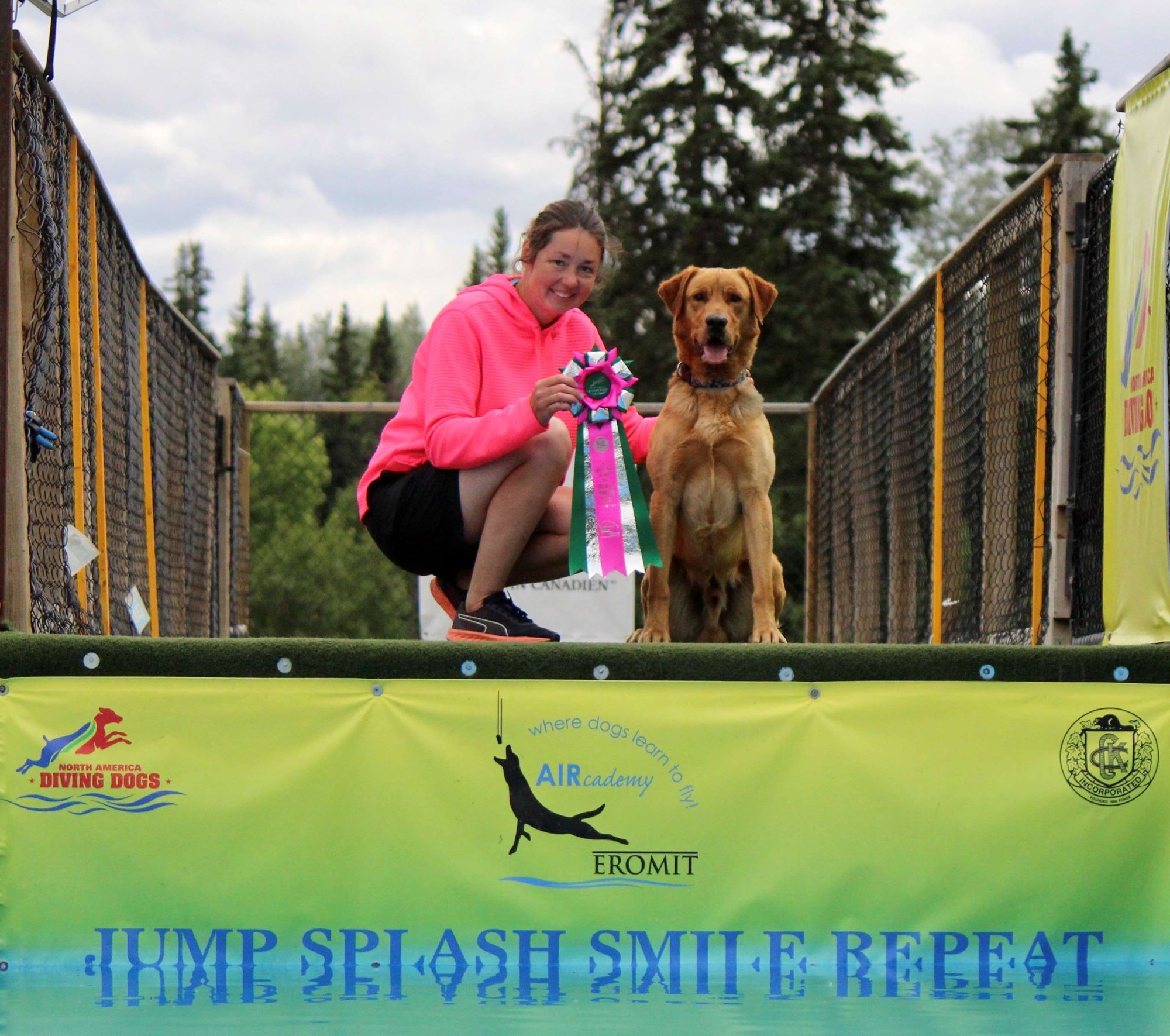Course Details
Adolescence... argh! The era of big bodies and big feelings but tiny brains and tiny attention spans. That time frame between around 6 to 24 months when your sweet little training superstar seems to dissolve all of the skills you've worked so hard on to date. Greeting skills? Never heard of them. Walking nicely on a leash- what are these words? Recall.... huh?!
At the same time, new and obnoxious behaviors may appear. Over-excited jumping or mouthing behaviors. Excessive sniffing. Marking! Games of keep away or catch me if you can. Their attention on you seems reduced but their attention on everything else explodes! We know that our dog aren't GIVING us a hard time, but that they are HAVING a hard time and yet.... how do we help them (and also ourselves)?
It's not a coincidence that adolescence is such a challenging time for so many dogs and their owners. Their adult-sized bodies tend to clash with their complicated little puppy brains. This is often the stage of life where breed-specific behaviors come on strong- herding, hunting, or guarding behaviors, for example. And add to that the typical hormones and brain-rewiring that are standard in this stage of life and you've got a recipe for big feelings, frustration, and behaviour changes that can test your relationship!
This class looks at the common reasons WHY we see behavior change in adolescent dogs, using the LEGS (Learning, Environment, Genetics, and Self) model of ethology and also dives into strategies to make this life stage easier for you AND your dog.
We'll look at:
- Causes of behavior changes in adolescent dogs
- Outlets for exercise and enrichment
- Key Skills to train (or refresh) to promote safety and sanity at this life stage!
- Proactive strategies to reduce the likelihood of common behavior problems particularly related to emerging breed-typical behaviors, arousal, and self control
Note: this class is not suitable for dogs with severe ongoing behavior issues such as aggression or extreme fearfulness. Consider this class if you have a 'teenage' dog who seems to be regressing in responding to known cues or who is having difficulty with arousal modulation, self control, or attention in your daily life or sports contexts.
TEACHING APPROACH
Lectures are released in clusters at the beginning of each week so that students can budget their time in accordance with the amount of reading and training required. Lectures are split into Learning Topics which introduce ideas or concepts which can be helpful for families of adolescent dogs, and Key Skills which provide written descriptions of training exercises, along with short video demonstrations. Videos do not contain any additional voice-over or instructions not already provided in the written portion of the lecture.
*** We have a brilliant Training Assistant in the class facebook study group to ensure students at all registration levels stay motivated and have help with exercises. ***
 Instructor: Erin Lynes
Instructor: Erin LynesErin (she/her) is a lifelong dog enthusiast from Quesnel, British Columbia, Canada. Erin is certified as a Karen Pryor Academy Training Partner, a Certified Professional Canine Fitness Trainer, a Licensed Family Dog Mediator, and as a Cani-Fit Leader, ...(Click here for full bio and to view Erin's upcoming courses)


